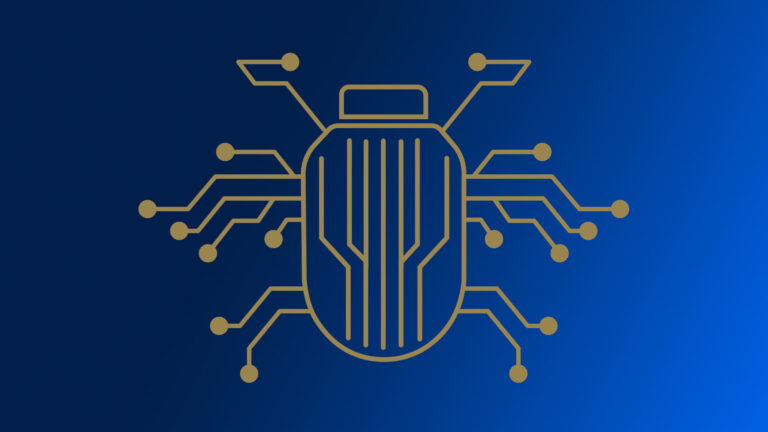By Kim Crawley
The Synack Red Team is made up of hundreds of the best pentesters and tech practitioners in the world, hailing from countries across the globe with a variety of skills, who coordinate their efforts to conduct pentesting engagements and other security tests for Synack’s clientele.
When a large group of ethical hackers work together, they can find more exploits and vulnerabilities than traditional pentesting, which usually consists of two people with two laptops who conduct on-site testing over two weeks.
But when you have security researchers working as a collective, they are smarter, more adept and more creative. As cyber threats become increasingly sophisticated, the Synack Red Team (SRT) has the advantage of a diverse and holistic talent pool to take on the challenge.
Not only do the SRT bring a fresh perspective to pentesting, SRT members also help alleviate the widely felt skills gap in cybersecurity.
>> For an in-depth look at the SRT’s diversity of skills, read our white paper “Solving the Cyber Talent Gap with Diverse Expertise.”
Whether you’re looking to take your organization’s security testing to the next level or a curious thinker who aspires to have a pentesting career, SRT members gave useful advice and explained how it all works.
SRT Reduces Noise
Özgür Alp, from Turkey, had a lot of pentesting experience prior to joining the SRT, but working with the growing community of 1,500 security researchers taught him the power of collaboration at scale.
“When I started at Synack, I had four years of experience as a pentester in a multi-global company,” Alp said. “After joining Synack and working as a full-time SRT member, I see that here we are focusing not only on the theoretical bugs but also trying to find the critical ones that matter and are exploitable within the real world scenarios.”
The gamification of vulnerability finding that happens on the researcher side of the platform means that you get their full attention and focus on finding vulnerabilities that matter. The more critical the vulnerability, the higher the payouts and recognition Synack rewards them with.
“I’m starting to focus on more complex scenarios, since you have time to work for that. For example, I actually learn what a theoretical bug could really mean in terms of business impact,” Alp said.
Applying Prior Cyber Knowledge and Experience
Emily Liu, like many SRT members, works on the Synack platform part-time. Many SRT already work in a cybersecurity role and use the opportunity to apply the knowledge they’ve learned from their day-time job to their Synack role and vice-versa.
“It sharpens my skills by allowing me to practice finding different vulnerabilities on real targets,” Liu said. “The whole process of doing work for SRT has taught me to think more creatively and to be more persistent, because you can find bounties so long as you put in the effort.”
But the work of the SRT can only be done with an “adversarial” perspective, from the outside-in. Büşra Turak explained the difference between being an SRT member and an employee or in-house consultant.
“It is usually enough to show the existence of a finding in consultancy firms that provide pentest services. But we don’t do that here,” she said. “We show how much we can increase the impact of the finding or we need to show how the vulnerability is exploited.”
Taking the “Red Team” to the Next Level
In terms of bug bounties, red teaming and pentesting, Synack’s formula for vetting, monitoring and developing its SRT members puts them in another class of security researcher. SRT members are good at what they do from the start, and they’re also given immediate feedback for continuous improvement.
SRT member Nikhil Srivastava talked about what working with SRT has taught him.
“Initially, my reports were not up to the mark when I had just got into bug bounties. It was sent back to me multiple times for revision,” he said. “But, with the introduction of the Synack Quality Rule, we had to keep challenging ourselves with each new target launch—not only to find vulnerabilities but also to write a quality report that stands out from reports of other SRT members and is clearly understood by the clients. This helped me in leveling up.”
No matter if you’re able to get into the weeds of every vulnerability, a Synack report will thoroughly explain the potential exploit.
“I started reporting vulnerabilities that could precisely illustrate the impact even to a non-technical person and could be easily replicated by them,” Srivastava said.
If you’re curious about what it takes to join the Synack Red Team, start your journey here. To better understand how the SRT can solve your struggle with the cyber talent gap, read our latest white paper.




